Rising Demand for Organic Products
The Organic Fish Market experiences a notable increase in demand for organic products, driven by consumers' growing awareness of health and environmental issues. As individuals become more health-conscious, they actively seek out organic fish options, which are perceived as healthier alternatives to conventional fish. According to recent data, the organic fish segment has seen a compound annual growth rate of approximately 10% over the past few years. This trend indicates a shift in consumer preferences towards sustainably sourced and chemical-free seafood. Retailers and restaurants are responding to this demand by expanding their organic fish offerings, thereby enhancing market accessibility. The Organic Fish Market is likely to benefit from this rising demand, as consumers increasingly prioritize quality and sustainability in their food choices.
Regulatory Support for Organic Standards
Regulatory frameworks supporting organic standards play a crucial role in shaping the Organic Fish Market. Governments and regulatory bodies are increasingly establishing guidelines that promote organic aquaculture practices, ensuring that fish are raised in accordance with strict environmental and health standards. This regulatory support not only enhances consumer confidence in organic fish products but also encourages producers to adopt sustainable practices. As more countries implement organic certification programs, the market for organic fish is expected to expand. The Organic Fish Market stands to benefit from these regulations, as they create a level playing field for producers and foster a competitive environment that prioritizes quality and sustainability.
Technological Innovations in Aquaculture
Technological advancements in aquaculture are transforming the Organic Fish Market, enhancing production efficiency and sustainability. Innovations such as recirculating aquaculture systems (RAS) and integrated multi-trophic aquaculture (IMTA) are gaining traction, allowing for more sustainable fish farming practices. These technologies not only improve fish health and growth rates but also reduce environmental impacts associated with traditional aquaculture methods. As a result, the Organic Fish Market is likely to see increased production capacity and reduced costs, making organic fish more accessible to consumers. Furthermore, the integration of technology in monitoring and managing fish farms ensures compliance with organic standards, thereby bolstering consumer trust in organic fish products.
Sustainability and Environmental Awareness
Sustainability remains a pivotal driver in the Organic Fish Market, as consumers and businesses alike prioritize environmentally friendly practices. The increasing awareness of overfishing and its detrimental effects on marine ecosystems has led to a surge in demand for sustainably sourced fish. The organic certification process ensures that fish are raised in a manner that minimizes environmental impact, appealing to eco-conscious consumers. Recent studies indicate that a significant portion of consumers is willing to pay a premium for sustainably sourced seafood, further propelling the growth of the organic fish segment. This trend suggests that the Organic Fish Market is well-positioned to thrive as sustainability becomes a core value for consumers, influencing their purchasing decisions.
Consumer Preferences for Traceability and Transparency
The demand for traceability and transparency in food sourcing is becoming a significant driver in the Organic Fish Market. Consumers are increasingly interested in knowing the origins of their food, including how and where it was produced. This trend is particularly pronounced in the seafood sector, where concerns about sustainability and ethical sourcing are paramount. The Organic Fish Market is responding to this demand by implementing traceability systems that allow consumers to track the journey of their fish from farm to table. This transparency not only builds trust with consumers but also differentiates organic fish products in a competitive market. As consumers continue to prioritize ethical consumption, the Organic Fish Market is likely to see growth in demand for products that offer clear sourcing information.


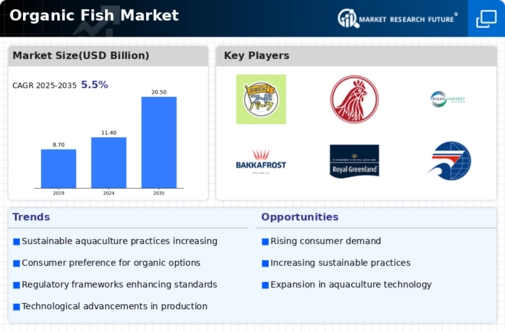
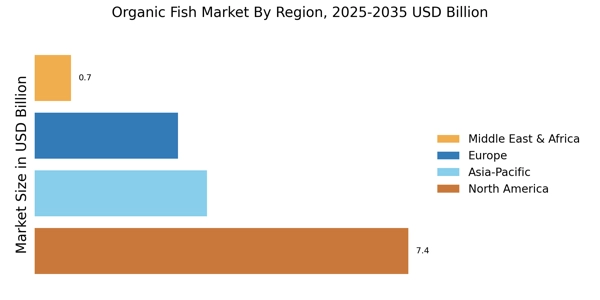
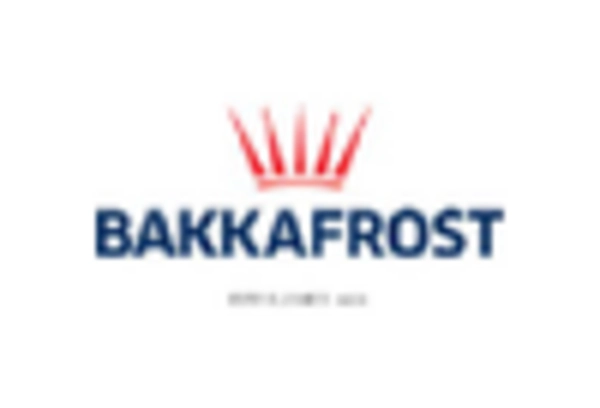

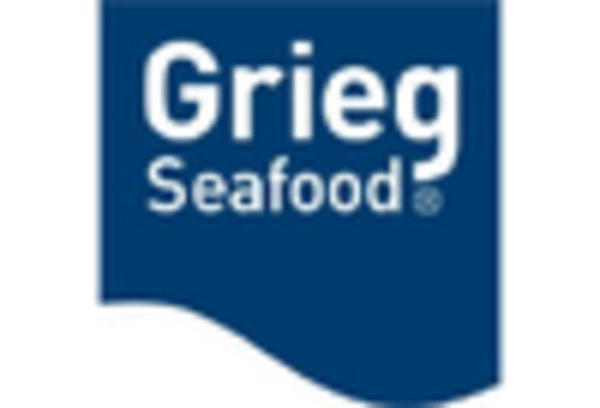

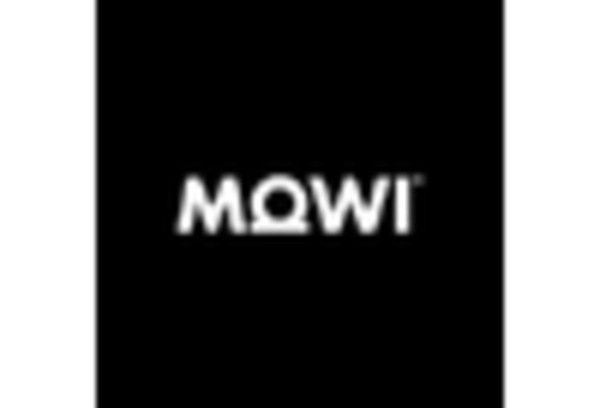









Leave a Comment